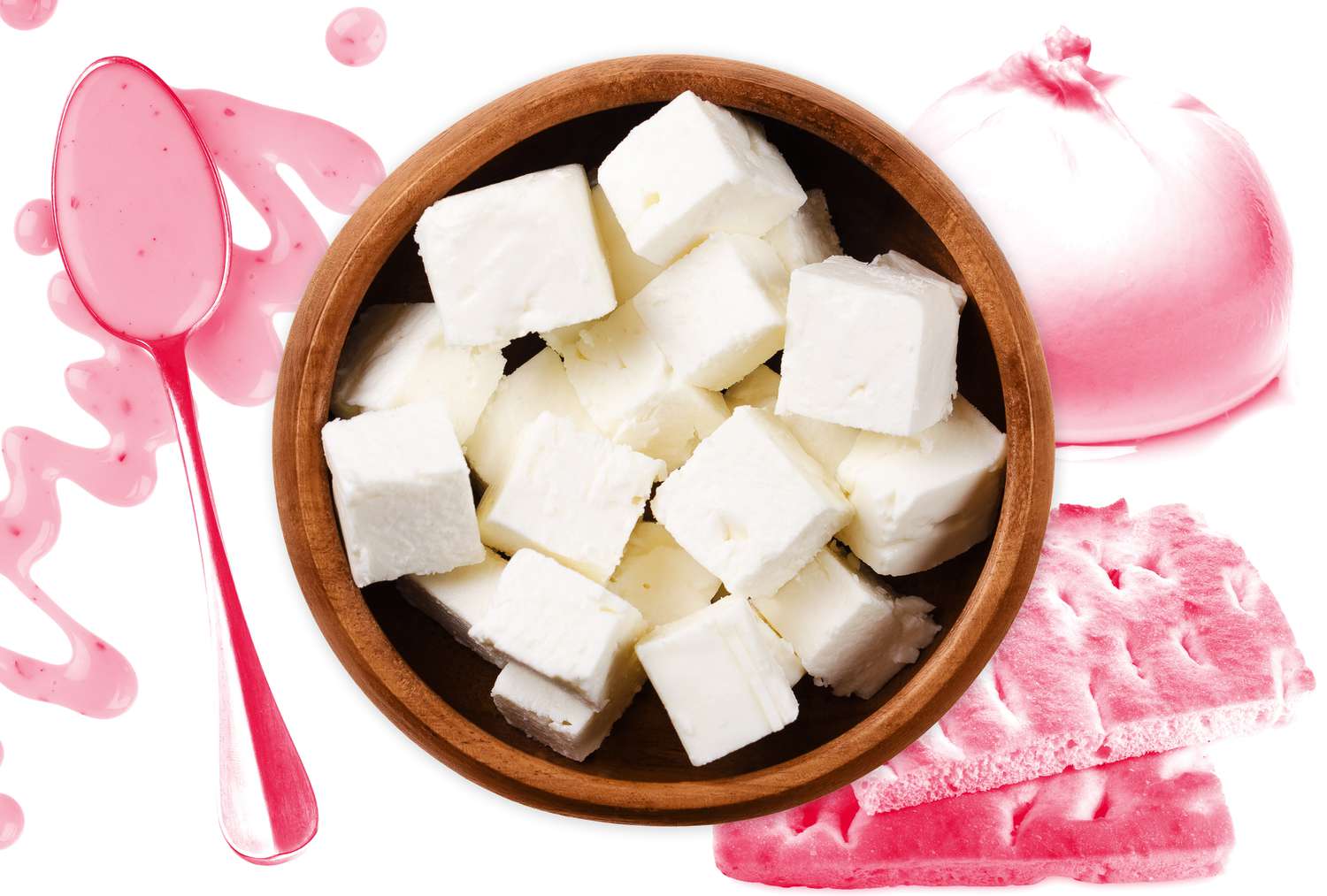
Don’t Pour Dollars Down the Drain — Feta Brine Is the Secret Ingredient to Marinades and More
A versatile ingredient is hiding in plain sight in many home fridges — and it costs exactly $0. Feta brine, or the saltwater solution in which blocks of feta are packed, is a punchy powerhouse that offers worlds of possibilities.
While its official purpose is to keep feta cheese fresh, tender, and tasty, feta brine can also improve everything from baked goods to grilled chicken. The trick is knowing how much to use to keep flavor and texture intact.
Whether you’re trying to cut down on food waste, or simply want to make the most out of your grocery dollar, here’s how to use leftover feta brine.
Mix it into a tangy dressing
The next time you’re making a vinaigrette, swap the lemon juice or vinegar for feta brine, suggests Pete Lipson, the executive chef of Gus and Marty’s in Brooklyn, New York. It’s easy to tweak proportions to customize to your preferences.
“Add some feta brine, olive oil, garlic, Dijon mustard, and lemon juice together in your blender to make a slightly salty and punchy vinaigrette,” he says.
Use the proportions of a classic vinaigrette: four times as much olive oil as acidic ingredients like mustard, feta brine, and lemon juice. And taste the vinaigrette before adding any salt. Since feta brine is already very salty, you might not need to add it.
Use it to brine chicken
Marinating chicken in feta brine is one of the easiest ways to upgrade your bird. Not only does this one-ingredient marinade season the meat, but it also tenderizes it, so you’re left with juicy, well-seasoned chicken.
It “gives the meat that really nice, bright, acidic flavor,” says Michael Mina, founder and executive chairman of The MINA Group.
Matt Taylor-Gross / Food Styling by Barrett Washburne
How long to leave the chicken in the brine depends on the size of your pieces, but anywhere from 30 minutes at room temperature to eight hours in the fridge should do the trick.
Put your brine into action with feta-brined grilled chicken thighs, grilled chicken salad with herby tahini dressing, or feta-brined chicken sandwiches.
Add a splash the next time you cook rice or grains
Substituting feta brine for some — but not all — of the water or broth you use to cook rice, lentils, quinoa, or other grains imparts layers of flavor.
Boiling and simmering feta brine will amplify its saltiness, so start with just a few tablespoons. If you taste the finished grains and want more briny goodness, remove the pot from the burner and stir in another splash of feta brine.
Take homemade mozzarella and burrata to the next level
If you’re a DIY cook who makes their own mozzarella or burrata, try boiling the curds in feta brine rather than salted water. It gives fresh cow’s milk cheeses the sort of deep, briny tang that typically requires aging.
“Get your hands on some whole milk cheese curds and follow the instructions for making mozzarella, substituting water for feta brine,” says Lipton. “And be sure to store your mozzarella in that same brine to really impart the flavor.”
Give your baked goods a boost
When you’re baking savory breads like sourdough, focaccia, or pizza dough, substitute a few tablespoons of the feta brine for the water in your recipe.
“In bread, [feta brine] naturally enhances the sour, salty, and slightly funky notes that bakers often spend days developing,” says Fintan O’Hara, executive chef of Silver Sands Motel in Greenport, New York. At one of the restaurants on site, he ferments focaccia dough for four days before baking it. Feta brine could speed up the process, he says. “Introducing something as naturally funky and fermented as feta brine could be a way to enhance that process, adding layers of tang and depth.”
Brine also lowers the pH of the dough without disrupting the yeast, which can extend the shelf life of finished baked goods, O’Hara says. “A lower pH means slower mold growth, keeping the bread fresh longer. Flavor and function — hard to argue with that.”










